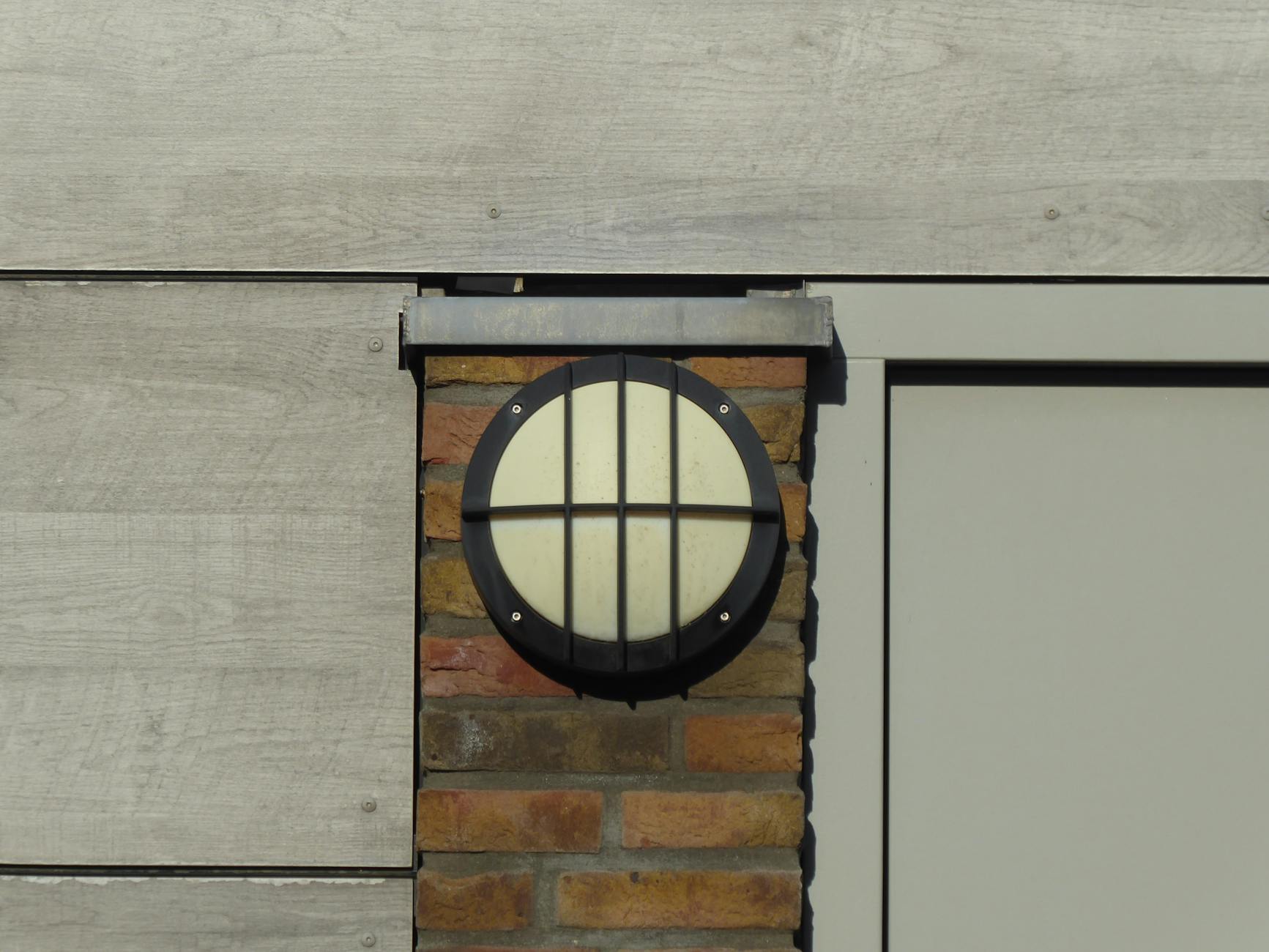The Essential Guide to Dark Sky Compliant Outdoor Lighting
In recent years, the conversation around environmental responsibility has extended into our nighttime habits, particularly the way we use outdoor lighting. Light pollution is a growing concern, affecting not only our view of the night sky but also the health of ecosystems and wildlife. This guide will delve into the concept of Dark Sky Compliant outdoor lighting, offering insights on how you can contribute to a brighter—yet more considerate—future by minimizing light pollution.
Understanding Dark Sky Compliance
Dark Sky Compliance refers to outdoor lighting designs that reduce light pollution. The concept is endorsed by organizations such as the International Dark-Sky Association (IDA). Dark Sky Compliant lighting aims to minimize glare, light trespass, and skyglow, preserving the natural nighttime environment while still providing adequate visibility and safety.
Why Dark Sky Compliance Matters
There are several compelling reasons to consider Dark Sky Compliant lighting options:
- Environmental Impact: Excessive artificial light disrupts ecosystems, affecting nocturnal wildlife’s natural behaviors, such as feeding, mating, and migrating.
- Human Health: Exposure to artificial light at night can affect our circadian rhythms, potentially leading to sleep disorders and other health issues.
- Astronomy: Light pollution diminishes our ability to observe stars and celestial events, which is detrimental to both professional astronomy and the general public’s enjoyment of the night sky.
- Energy Efficiency: By using proper fixtures and bulbs, Dark Sky Compliant lighting often leads to reduced energy consumption and lower utility bills.
Characteristics of Dark Sky Compliant Lighting
To determine whether a lighting fixture is Dark Sky Compliant, consider the following characteristics:
- Full Cutoff Fixtures: These fixtures prevent light from escaping upwards, instead directing it downwards where it is needed.
- Color Temperature: Use bulbs with a warm color temperature (ideally below 3000 Kelvin) to minimize blue light emission, which is more likely to contribute to skyglow.
- Shielding: Properly shielded fixtures can prevent glare and direct light right where it’s needed, reducing light spill into unintended areas.
Tips for Implementing Dark Sky Compliant Lighting
To transition to Dark Sky Compliant lighting, follow these practical steps:
- Assess Your Needs: Evaluate your outdoor lighting requirements to ensure you are not over-lighting or creating unnecessary illumination.
- Use Timers and Motion Sensors: Install timers or motion detectors to ensure lights are only on when necessary. This not only conserves energy but also reduces light pollution.
- Choose the Right Fixtures: Invest in outdoor lighting fixtures that are designed to minimize light pollution. Many manufacturers now offer options specifically labeled as Dark Sky Compliant.
- Community Initiatives: Encourage your community or neighborhood to adopt Dark Sky guidelines and work with local businesses to raise awareness.
Conclusion
Transitioning to Dark Sky Compliant outdoor lighting is not only an environmentally sound decision but also a step towards preserving the beauty of our night skies for future generations. By making simple changes to how we illuminate our outdoor spaces, we can create a sustainable balance that benefits both people and the planet. Whether it’s for your home, business, or community, embracing these guidelines can lead to a lesser-known form of harmony with our natural world.





